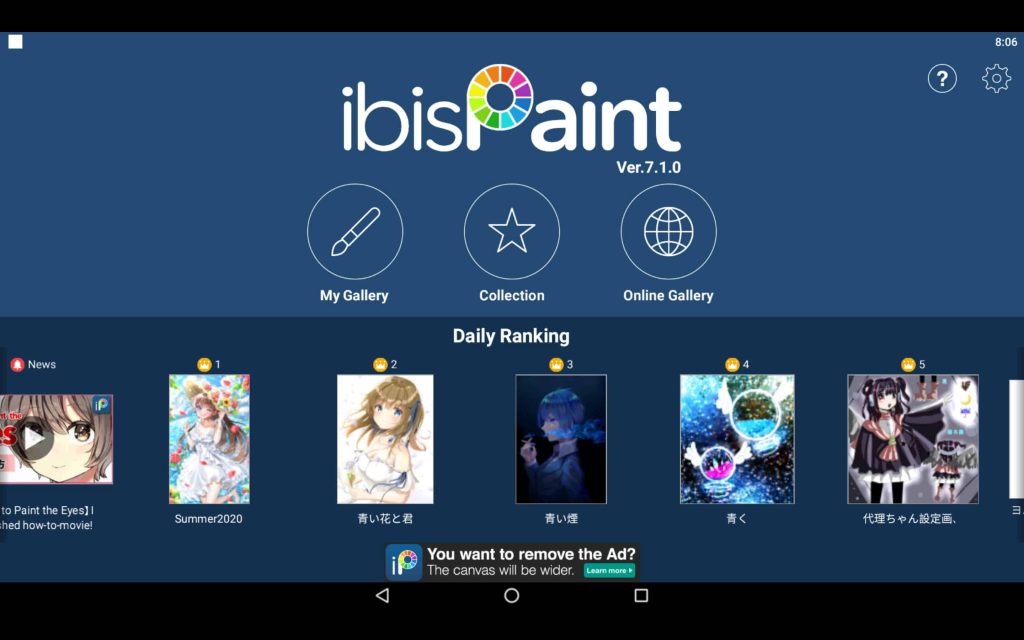

Create your document and set up guides.Love wearing vintage clothes? Go for something groovy! You can be inspired by your favorite aesthetic to make a typeface that goes with it! Into sci fi movies? Try making a futuristic font. You can create display typefaces, script typefaces, retro typefaces-check out font sites like Adobe Typekit or Dafont to see all of the different categories and get inspired. Can you tell which one is the serif and which is sans? After that, the classifications get far more complicated. Arial, Helvetica, Calibri, and Comic Sans are sans serif typefaces. Sans serif, on the other hand, has no feet.

Times New Roman, Georgia, and Cambria are serif fonts. The “serif” category contains any typeface with small “feet” on the end of letters. The two most basic typeface classifications are serif and sans serif. Decide what type of font (or typeface) you’d like to make.(Unless you get fancy and design multiple weights or italic versions!) For this tutorial, of course, you’ll most likely be making a typeface that only includes one font. Technically, Arial Bold is a font, but Arial is a typeface. What’s the difference? A typeface is a whole group of text styles you can use, often referred to as the “font family.” Arial, Helvetica, and Times New Roman are typefaces because you can use multiple styles (Regular, italic, bold, bold italic…). One last reminder before we begin! It’s important to note that you’re not only learning how to make a “font,” you’re also making a typeface.

(Confused? Don’t worry! We will learn more about vectors and font programs later in this tutorial.) Basically, that just means that you can use Illustrator to create typeface characters if you don't want to learn a whole new software just to make fonts, especially if you’re already familiar with how Illustrator works. svg files-which most font creation software will accept. Font creation is a long and tedious process, but typing in a font you designed can be incredibly rewarding! If the idea excites you, read on!Īdobe Illustrator can’t export a font file on its own, but its vector-based programming allows for you to export.

If this describes you, then you’ve probably considered designing your own typeface before, too. After all, it’s our job! We work with fonts on a daily basis, we can identify them in the wild (“Is Trader Joe’s using Phosphorus on a chip bag!?”), and we’ve accumulated mental lists of go-to’s and favorites. Graphic designers can become obsessed with fonts. Ever fancied yourself as a typographer? Give font-making a shot by designing a typeface using Adobe Illustrator.


 0 kommentar(er)
0 kommentar(er)
